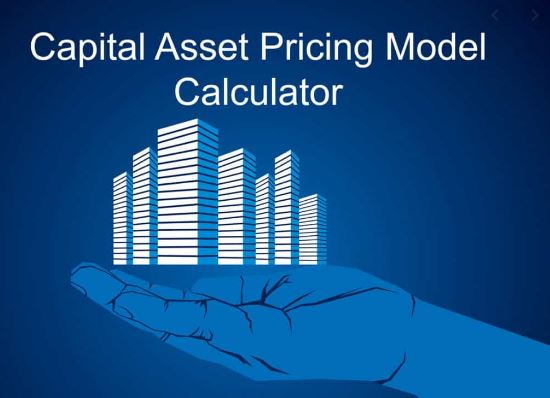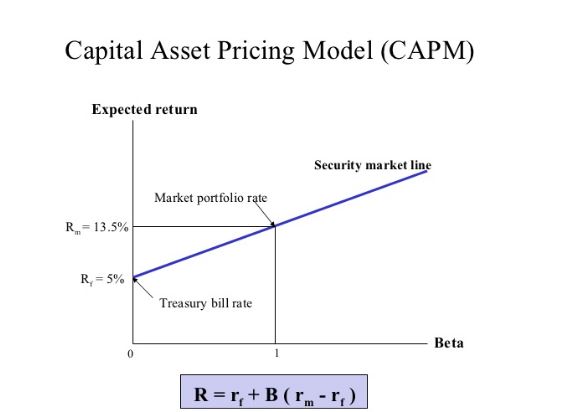Capital Asset pricing model, also known as CAPM, is the tool, which is used by the investors and financial analyst, including economist. It helps in the studies on the relationship between expected returns from the investment and the risk which are systematically involved. It includes all the expected return on market overall and the interest of the risk-free rate. Also, whenever the portfolio for investment created, CAPM is used to help in assessing all the risks and do the estimates on return from the made investment.
What’s the Formula for the Calculation?
Capital asset pricing model follows basically two elements, which help in determine the return on security portfolio and return on investment. It includes the capital market line (CML) and the security market line (SML). CML whereas a theoretical concept which helps in efficient outlines of a portfolio that is interpreted the risk-return trade-off. The security market is graphical representant where the relationship between return on the portfolio and systematic risk are related to the securities in the market, also known as Beta and can be shown on the X-axis whereas Y-axis represents the expected return in this case.
To calculate the capital asset pricing model, there is the formula:
This formula should be used to find the expected return on investment
E (Ri) = Rf + ßi x [ E (Rm) – (Rf)]
Well, here:
E(Ri) = it’s an expected return on investment
RF = it’s a risk-free rate of return
ßi = it’s a systematic risk on investment
E(RM)= it’s an expected return on the investment
Market risk premium indicates the excess return over the rate of the whole market with the risk-free. To find a market risk premium,
RPM = E (Rm) – Rf
Any particular investment’ s risk premium shows the excess return from that specific security over the rate (risk-free), and to calculate it
RPi = ßi x [ E (Rm) – Rf]
What are the Advantages of Using CAPM?
In financial analysis, CAPM is proven as one of the most useful in determining the possible returns from different investments. There are following advantages that capital asset pricing model is giving:
- CAPM is known for having a superior place over the weighted average cost of capital. Also known as WACC.
- It is also better as compare to Dividend growth model or DGM.
- Where DGM mainly focuses on the company level’s systematic risk, CAPM considers the whole stock market level systematic risk.
- With CAPM, systematic risks are counted and considered unlike other return models where this part is getting highly ignored and focus on getting the return on investment
- The capital asset pricing model is far easy and simple to use. It also helps in getting a better rate when it comes to r returns to the investors.
- This model can be helpful and easy in the calculation without troubling or adding more stress to it as compared to any other= tentative.
- Models like WACC, which can be used with a certain business or financial risk variability, CAPM gives more flexibility in this case and can adjust well.
Conclusion:
CAPM Stands for Capital Asset Pricing Model. It is used to determine the return on security portfolio and return on investment. It is also used to calculate the risk involved in the market. In simple words, It helps in guessing the expected return on investments and risks on Investments. In this post, we have added all the details along with formula to calculate CAPM.








